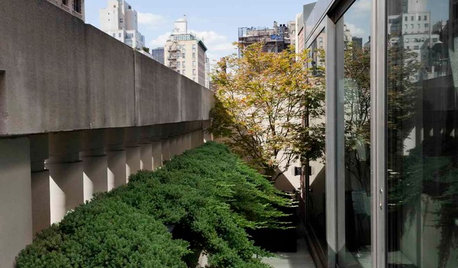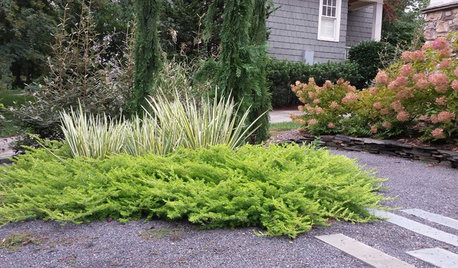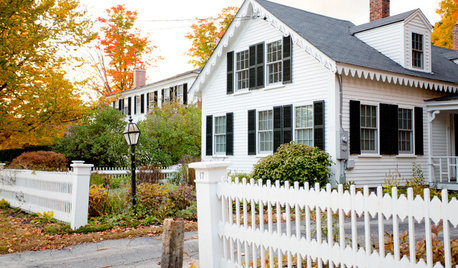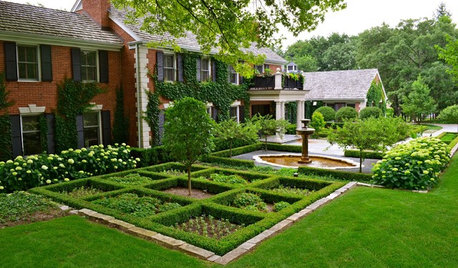Epson Salts & Slow Growers
tan_thumb
18 years ago
Related Stories

EDIBLE GARDENS8 Surefire Vegetables and Herbs for Beginning Gardeners
Learn the edible plants that are popular and easy to grow in a backyard or container garden
Full Story
GARDENING GUIDESGreat Design Plant: Creeping Juniper Holds Its Ground
Add texture and evergreen interest to a layered garden with this low-maintenance, good-looking ground cover
Full Story
TREES11 Japanese Maples for Breathtaking Color and Form
With such a wide range to choose from, there’s a beautiful Japanese maple to suit almost any setting
Full Story
LIFE12 Effective Strategies to Help You Sleep
End the nightmare of tossing and turning at bedtime with these tips for letting go and drifting off
Full Story
PLANTING IDEASThese Aren’t Your Grandparents’ Junipers
Dislike junipers? Maybe it’s time to discover new varieties and new uses for this garden workhorse
Full Story
GARDENING AND LANDSCAPINGGrow a Lush Privacy Screen
No need to wait forever for patio privacy the green way. These 10 ideas will get your screening up and running in no time
Full Story
MONTHLY HOME CHECKLISTSTo-Dos: Your November Home Checklist
Winterize your home and yard, and make a game plan for the holidays
Full Story
LANDSCAPE DESIGNCalifornia Says Goodbye to the Sprawling Ornamental Lawn
New state rules will effectively limit turfgrass to 25 percent of the landscape in most new and renovated yards
Full Story
GARDENING GUIDESBoxwood: Still Shape-Shifting After 350 Years
Wild or mild, the humble boxwood still brings style and order to all kinds of gardens
Full Story
GARDENING GUIDES7 New Plants to Grow for Beautiful Foliage
Add color, structure and interest to your garden with these recently introduced plants that sport exceptional foliage
Full Story


lil_rhody
koolguymike
Related Discussions
Epsom Salts
Q
SDLM - is it a slow grower?
Q
Bone Meal, Corn Meal and Epson Salt ?
Q
2016 Tomato Report from Growers
Q
lil_rhody
byron
koolguymike
byron
tan_thumbOriginal Author
steelwheels
lil_rhody
byron
koolguymike
koolguymike
tan_thumbOriginal Author
byron
fledglingardening
byron
lil_rhody
byron
marie_in_wa
veggiecanner
marie_in_wa
lil_rhody
organic_nut
ttkz
ttkz
byron
lil_rhody
ttkz
organic_nut
ttkz
kj_57701
organic_nut
fledglingardening
lil_rhody
organic_nut
kj_57701
lil_rhody
lil_rhody
Little_Farmer
koolguymike
organic_nut
byron
teryaki
organic_nut
lil_rhody